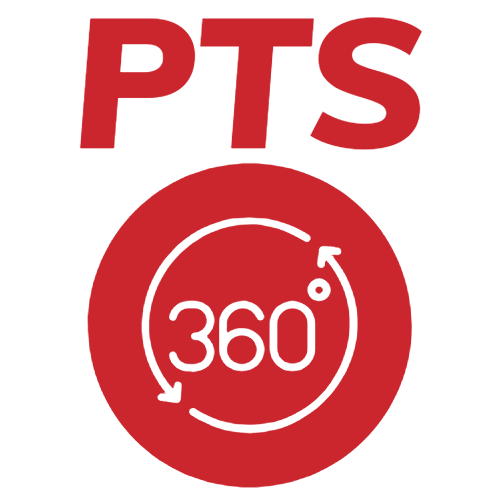Outsourcing IT Services to PT Solutions
Pros:
1. Cost Savings
Reduced Overhead: Outsourcing eliminates the need for salaries, benefits, and training costs associated with in-house staff.
Predictable Expenses: Managed IT services typically operate on a subscription-based model, providing predictable monthly costs.
2. Access to Expertise
Specialized Knowledge: PT Solutions offers a team of experts with diverse skills and up-to-date knowledge of the latest technologies and best practices.
Continuous Training: Managed service providers (MSPs) invest in continuous training and certifications to stay ahead of industry trends.
3. Scalability and Flexibility
Easily Scalable: Services can be scaled up or down based on your business needs without the hassle of hiring or laying off staff.
Flexible Solutions: PT Solutions can tailor services to meet your specific requirements, providing flexibility as your business evolves.
4. Enhanced Security
Advanced Security Measures: MSPs implement robust security protocols and continuously monitor for threats, ensuring your data is protected.
Compliance: PT Solutions ensures that your IT infrastructure complies with industry regulations and standards.
5. Focus on Core Business
Reduced Distractions: Outsourcing IT allows you to focus on your core business activities without being bogged down by IT issues.
Improved Efficiency: With IT management handled by experts, your team can work more efficiently and productively.
Cons:
1. Less Control
Dependency on Provider: Relying on an external provider means you have less direct control over IT operations.
Service Level Agreements (SLAs): The quality of service is governed by SLAs, which may not always align perfectly with your expectations.
2. Potential Communication Issues
Coordination Challenges: Working with an external team can sometimes lead to communication and coordination challenges.
Response Time: While MSPs strive for quick response times, they may not always be as immediate as an in-house team.
Maintaining an In-House IT Team
Pros:
1. Direct Control
Immediate Access: Having an in-house team means immediate access to IT support and quicker resolution of issues.
Tailored Solutions: In-house teams can develop and implement solutions that are perfectly tailored to your business needs.
2. Better Integration
Cultural Fit: In-house teams are more integrated into your company culture and understand the unique aspects of your business.
Collaboration: Easier collaboration with other departments, leading to more cohesive and aligned IT strategies.
3. Customization
Specific Expertise: In-house teams can develop deep expertise in the specific technologies and systems used by your business.
Dedicated Focus: They can focus exclusively on your business needs without the distraction of serving multiple clients.
Cons:
1. Higher Costs
Salaries and Benefits: Maintaining an in-house team involves significant costs related to salaries, benefits, and training.
Infrastructure: Additional costs for maintaining IT infrastructure, including hardware, software, and office space.
2. Limited Expertise
Skill Gaps: In-house teams may lack the breadth of expertise that an MSP can provide, especially in specialized areas.
Training and Development: Continuous training is required to keep up with the latest technologies, which can be costly and time-consuming.
3. Scalability Challenges
Hiring and Firing: Scaling an in-house team involves the complexities of hiring and firing, which can be time-consuming and disruptive.
Resource Allocation: Limited resources may make it difficult to scale quickly in response to business growth or changing needs.
Conclusion
Both managed IT services and in-house IT teams have their advantages and disadvantages. The best choice depends on your business’s specific needs, budget, and long-term goals.
PT Solutions offers a comprehensive range of managed IT services that can provide cost savings, access to expertise, scalability, enhanced security, and the ability to focus on your core business. On the other hand, maintaining an in-house IT team offers direct control, better integration, and the ability to develop tailored solutions.
If you are looking for a reliable partner to handle your IT needs, PT Solutions can provide the expertise and support you need to ensure your IT infrastructure is secure, efficient, and scalable. Contact us today to learn more about how our managed IT services can benefit your business.
Ready to make the switch? Reach out to PT Solutions and discover how we can help you achieve your IT goals.




